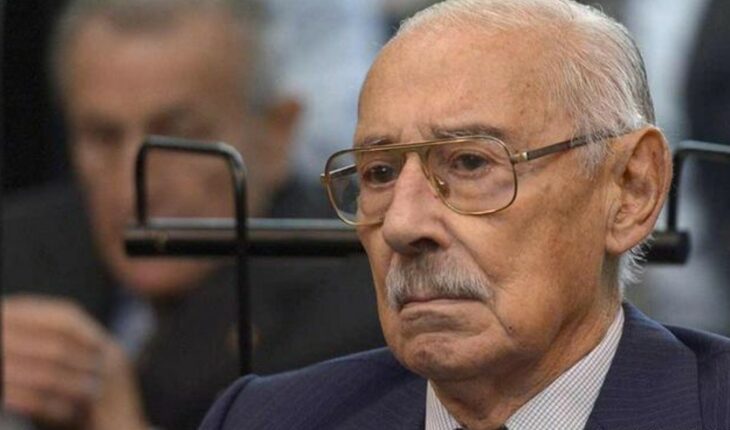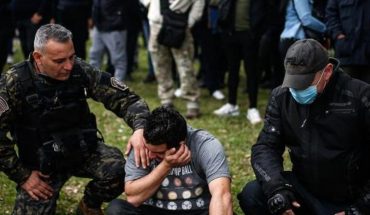On May 17, 2013, Jorge Rafael Videla, the Argentine soldier, dictator and genocidal who led the coup d’état that installed the last civic-military dictatorship in Argentina, was found dead sitting in the toilet of his cell. He was 87 years old. The last few days were different since he had had an accident in the Marcos Paz prison, where he was sentenced to a perpetual chain for his crimes against humanity, and had not received any type of medical assistance. He died of cardiorespiratory arrest.
A Catholic religious, Videla continued to pray the rosary every afternoon and received Communion every Sunday. He claimed that he slept very peacefully, without any remorse for the thousands of people who had been killed and disappeared during his dictatorship.” Let’s say that there were seven thousand and eight thousand people who had to die to win the war against subversion; we couldn’t shoot them. Nor could we bring them to justice,” he said cruelly in one of the nine interviews conducted by journalist Ceferino Reato between October 2011 and March 2012.The journalist said that during the interviews the dictator was very lucid and “narrated the events he had starred in as if they had been carried out by someone else, with striking precision and coldness,” and recalled that the dictator was physically deteriorated but aware of what he had done.
Even in his last years of life Videla said that he is not sorry for the more than 30,000 deaths, tortures and appropriations of children that are attributed to him, but on him he carried the burden of explaining to society what happened to the disappeared. ” I will tell you that in front of the disappeared in so far as this as such, it is an unknown, as long as it is disappeared it cannot have special treatment, because it has no entity. He is neither dead nor alive… is gone,” the then dictator pronounced in 1979 in the most cynical and perverse phrase that defined the bloody civic-military dictatorship. In February 2012, 33 years later, he gave an interview to the Spanish magazine Cambio 16, where he claimed responsibility for the dictatorship and maintained that the worst moment for the military “came with the Kirchners” who in “a spirit of absolute revenge”, promoted the reopening of trials for crimes against humanity.
Néstor Kirchner had Videla’s painting taken down at the Military College.
His statements provoked the repudiation of the entire Argentine political arc and human rights organizations. In June of that same year he was transferred from the military prison of Campo de Mayo to a common prison, the prison of Marcos Paz.Until the day of his death, Videla justified the state terrorism he imposed in Argentina during his dictatorship and never publicly regretted his crimes.
His burial provoked strong repudiations in his hometown, Mercedes, since after announcing that he would be buried there, both the neighbors themselves and also many human rights activists hung posters at the entrance to the cemetery with the names of the twenty-two disappeared that city had during the military regime he presided. Videla was already persona non grata in Mercedes: in 1998, the Deliberative Council unanimously voted on that declaration deeming him undesirable. He was eventually buried in secret in a cemetery in Pilar. A spokesman for the Army’s General Staff stated that he would not receive any military honors at his funeral for being dismissed from the Argentine Army.





